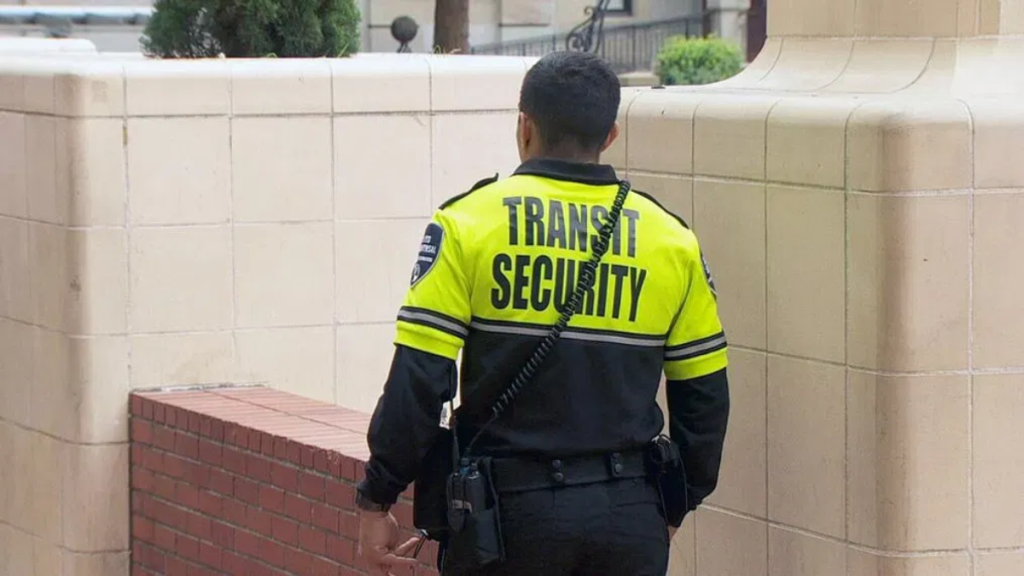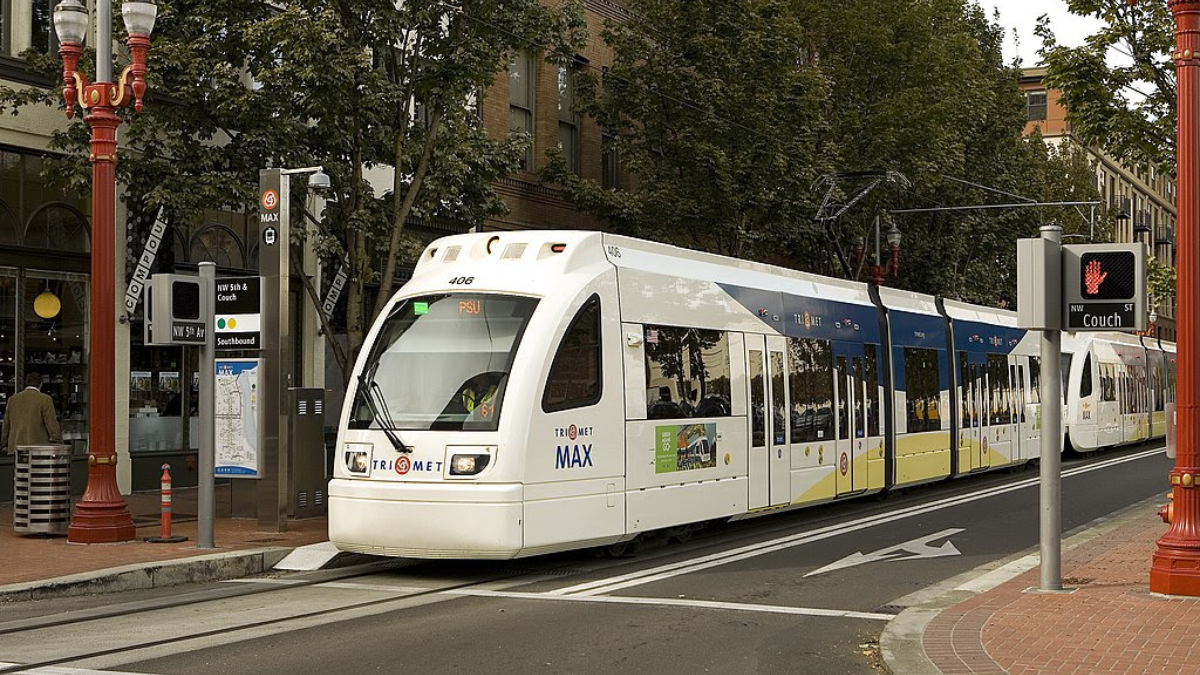SALEM, OR — In a significant policy reversal aimed at improving public safety and cleanliness, Oregon has enacted a new law criminalizing the use of illicit drugs on public transportation.
The law, which went into effect this week, makes it a misdemeanor to consume or possess illegal narcotics while riding or waiting on public transit, including buses, light rail, and streetcars.
The legislation marks a departure from the state’s 2020 initiative that decriminalized small amounts of drugs such as heroin, methamphetamine, and cocaine.
While Oregon was the first state to pursue a public health approach to drug use through Measure 110, rising concerns about drug-related incidents in public spaces—particularly on transit systems—have prompted lawmakers to reconsider parts of that policy.
Why the Law Was Introduced
Transit authorities and law enforcement agencies across Oregon, especially in the Portland metro area, have reported an uptick in drug activity and associated complaints from riders and operators. Riders described experiences ranging from witnessing open drug use to dealing with erratic behavior that endangered both passengers and staff.
“Oregonians should feel safe using public transportation,” said Governor Tina Kotek during the bill signing. “This law is about setting boundaries while still supporting those struggling with addiction. Public transit is not a safe or appropriate place for drug use.”
According to data from TriMet, Portland’s largest transit agency, complaints related to drug use have more than doubled over the past two years. Transit workers have also reported an increase in confrontations and unsafe working conditions linked to drug-related incidents.
What the Law Entails
The new legislation makes it a misdemeanor offense to use illegal drugs on or within the premises of any public transportation facility. This includes:
- Inside buses and trains
- On station platforms
- At bus stops and shelters
- Within transit agency buildings
Offenders may face up to 30 days in jail, community service, or a court-ordered diversion program, depending on the circumstances. The law allows for some prosecutorial discretion and encourages law enforcement officers to direct non-violent offenders to treatment when possible.
“We’re not seeking to lock people up unnecessarily,” said Multnomah County District Attorney Mike Schmidt. “But we must draw a line when individual behavior infringes on the public’s safety and right to move freely.”

Response from Transit Agencies
TriMet, along with other transit operators across the state, has welcomed the legislation. The agency has long advocated for tools to address drug use on transit and improve rider experience. Officials say the law gives transit police and security staff clearer authority to act when they see drug use in progress.
“This new law provides an important tool to protect our riders and operators,” said TriMet CEO Sam Desue Jr. “Our system should be clean, safe, and welcoming to everyone.”
The agency has also invested in increased patrols, more training for staff on de-escalation techniques, and expanded use of surveillance technology to monitor high-traffic areas.
Advocates for Recovery and Civil Liberties Voice Concerns
While the law has received broad support from the public and transit officials, not everyone is on board. Some drug policy reform advocates worry the legislation could roll back progress made under Measure 110 by shifting the focus away from treatment and toward punishment.
“This law risks re-criminalizing addiction and stigmatizing people in public spaces,” said Tera Hurst, executive director of the Oregon Health Justice Recovery Alliance. “We need more treatment beds and recovery services—not more people in jail for being sick.”
In response to these concerns, state lawmakers included language in the bill directing courts to prioritize diversion and treatment programs for first-time and non-violent offenders. Oregon continues to invest in substance use recovery programs, with new funding allocated in the most recent state budget.
Public Support and Rider Experiences
For many transit riders, the change is welcome. Sarah Nguyen, a daily MAX rider in Portland, said the new law restores a sense of order.
“I’ve seen people smoking fentanyl on the train in front of kids. It’s scary, and nobody should have to deal with that on their way to work or school,” Nguyen said.
According to a recent survey conducted by Oregon Public Broadcasting, nearly 70% of residents support the measure, especially in urban centers where public transit is a primary mode of transportation.
Balancing Public Safety with Compassion
State officials emphasized that the law is not intended to penalize addiction but to set clear expectations for behavior in shared public spaces. In a statement, Governor Kotek called for continued investment in treatment and housing for people with substance use disorders.
“This is not about turning back the clock,” she said. “It’s about creating safe environments for all while keeping our commitment to treating addiction as a health issue.”
Lawmakers are also exploring additional initiatives, including increased mobile outreach teams and more accessible drug treatment services at transit hubs.
Looking Ahead
The implementation of the new law will be closely monitored over the coming months. Law enforcement and transit agencies are working together to establish guidelines and ensure that enforcement is fair, consistent, and focused on public safety rather than punitive action.
For now, Oregon appears to be seeking a middle ground—maintaining its pioneering approach to addiction while recognizing that public safety concerns must also be addressed.
For official information about Oregon’s new public transit safety law and related policies, visit the Oregon Legislature’s website
Disclaimer – Our team has carefully fact-checked this article to make sure it’s accurate and free from any misinformation. We’re dedicated to keeping our content honest and reliable for our readers.
